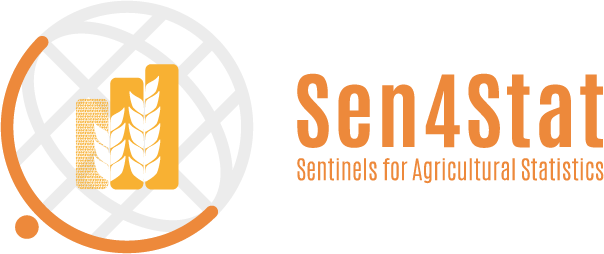Satellite Earth Observation for Agricultural Statistics
Increasing sustainable agricultural productivity is the number one challenge of the “The Future of Food and Agriculture” report of the Food and Agriculture Organization in response to a projected increase in demand for food by 50% between 2012 and 2050. A wide range of timely data and information on agricultural practices and natural resources is required at national to global scale to address such a challenge in an effective way, to analyze and understand trends, plan, prioritize and design solutions. Monitoring of the Sustainable Development Goals (SDG) raises a similar need for information at the national level to report on improvement of the different goals, of which SDG targets 2.4 and 6.4 are most relevant for sustainable agriculture. In 2011 the G20 agricultural ministers further identified the transparency of agricultural markets as essential for food security and launched the GEOGLAM initiative to “strengthen global agricultural monitoring by improving the use of remote sensing tools for crop production projections and weather forecasting". In all mentioned cases agricultural monitoring at national scale is a prerequisite for assessing and analyzing the agricultural resources by mandated authorities, usually the agricultural National Statistical Offices (NSO). National agricultural monitoring data is in general collected by farm and household surveys, but recently the potential of satellite Earth Observation (EO) for agricultural statistics has been recognized as well.
The advent of the Copernicus program and its observations collected by its Sentinel satellites provide unprecedented open and free data relevant for national agricultural monitoring, down to the field scale. In particular, the Sentinel-1 and -2 missions can provide geospatial information on crop area estimates, crop type and status as well as on agricultural practices in a timely fashion. As an example, the potential of Sentinel-2 observations for national scale agricultural monitoring was successfully demonstrated by the Sen2Agri project involving national stakeholders of three countries (Mali, South Africa and Ukraine) and is currently used as open source tool around the globe (>800 downloads).
Read full content by downloading Sen4Stat concept.pdf.
Sen4Stat concept paper

